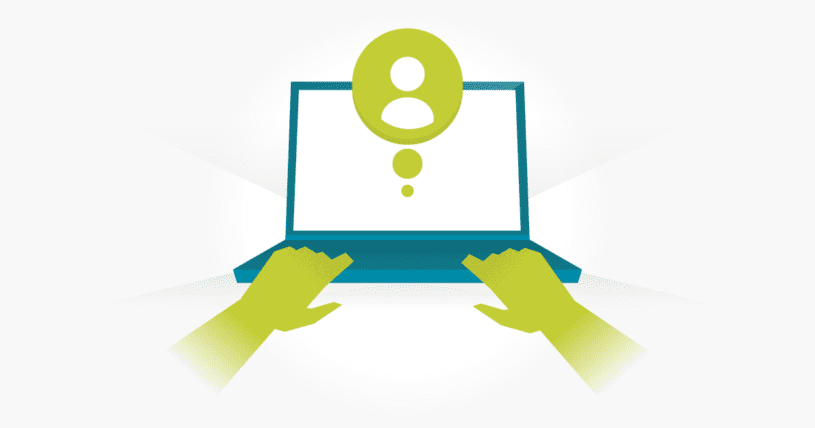In the fast-paced world of software development and QA testing, it’s understandable if the technical aspects are the main focus. Features need to work as described in the specs, and all bugs or errors found in the system under built are eliminated. However, it can be easy to forget that we are building these systems to be used by people. In this article, we learn how using Personas can help you to become a better software tester.

What is a Persona?
Chances are, you know a lot about QA testing and software development, but you might not be too familiar with creating Personas or even know what they are. Personas have traditionally been used in marketing to help businesses craft their brand and messaging to specific target audiences, but it can be equally important for developers, designers, and software testers alike to understand and use Personas as a tool in the creation of better digital products.
In short, a Persona is a fictional character or avatar that you create to help identify the ideal user of the app or website you are building. Creating a Persona will help you to understand the mindset, goals, and limitations of your perfect user. Having access to essential criteria will help you to plan and build a product that enables them to achieve their goals.
Using a Persona makes sure you are designing for a person, not a market.
Working through this process is a useful exercise. The aim is for you to be able to empathize with the person you are building for and get some perspective on how they may interact with your product.
Using your Persona to ask better questions
So, you’ve gone through the Persona Development process and crafted your ideal user. You now understand the goals they are trying to achieve, the context in which they may use your product, and their level of technical knowledge, and motivations. The next step is to implement this new understanding in every aspect of your design, as well as the testing process.
When writing user stories for testing your software’s features, a great approach (alongside standard bug testing) is to question how your ideal customer, or Persona, would use it. Using this dual technique will not only confirm that your product works, but that it also works for your ideal customer.
This approach requires a change in mindset, and it may need a session or two to get your team fully on board, but once they are, you can start asking better questions when it comes to QA-ing and discussing the features and details of your digital product. It also provides a better perspective for reviewing the user journey and the “bigger picture” aspect of your product.
Below are examples of some great questions your team could ask:
- “We know that Steve is not very tech-savvy, but he has a keen eye for detail and numbers, so does this interface make it easy for him to drill down and get to the data he’s looking for?”
- “Our ideal customer, Laura, is always short on time and in a rush, so how can we reduce the steps it takes for her to book online?”
- “Janya is not a details-person, but she wants to know how the sales team is getting on. Does she need to see all this detail on the dashboard?”
- “We’re building our app for new mums, and we know that Sam will likely be using our app while holding her baby. Are the buttons big enough, and positioned in a way that lets her use it one-handed?”

By keeping your ideal customer in mind when you plan, design, and test your website or app features, you will start to create systems that are goal-oriented and better meet your ideal users’ needs.
Adapting your user stories
Writing user stories is a great way to get out of your head, and put yourself in the shoes of the user, and Personas can help you do this even better. A typical user story goes something like this “As a [user role] I want [feature/functionality] so that I can [benefit/outcome],” but by adding Personas to the mix, you now know a lot more about the [user role].
You may find it useful to create a handful of Personas to help you understand the variety of people who may engage with your product, but don’t create too many as this defeats the point of defining your ideal customer. But as such, you can slot your Persona into the user stories you create for added contextualization, and to give developers and testers greater insight into the end-user for whom this feature has been designed.
Summary
By injecting your Persona Developments into your QA Testing process, you will automatically become better at software testing. You will understand, and be able to empathize better with the user, by being able to step into their shoes when testing specific features and reviewing your products.

